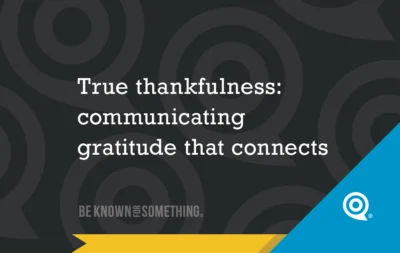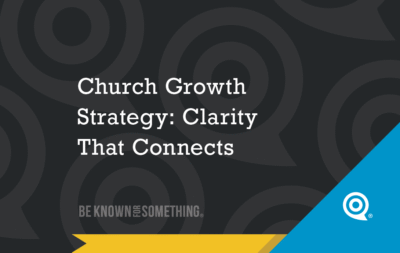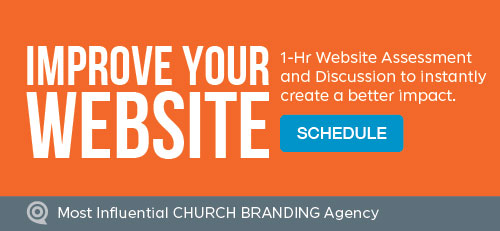The Beginner’s Guide to Church Websites (4 Steps)

There are many communication channels for your church. You can talk from the stage, in your bulletin, through text or email messaging, on one or all social media channels, and your church websites.
What matters most? That you communicate where most in your congregation have access to — and where your community can discover you. Print can’t do that economically.
Your church website is the easiest way. It doesn’t require special downloads; just internet accessibility. And most American’s have that. In fact, 3 states (WA, UT, and CO) have 90+% of their households with high speed internet (statista.com). Mississippi ranks lowest with 76%.
Your church needs a digital communication hub that’s trusted and known. Everything points there. If your congregation or community wants info, they know they can find it at your web URL address. Here are the initial 4 steps to creating a successful website.
- Domains. How people find you. This URL (uniform resource locator) or address should be easy to say and remember. Like www.BeKnownForSomething.com. Domains are categorized with top-level domain prefixes like .com, .org, or .church. There are many choices (those 3 are the most popular though). You can use several (they can all direct to 1 website or individual ones). You can’t own them — you simply rent them from a reseller. If you stop paying? You lose them.
- Hosting. To build a website you produce files that are read to look like your user-interface (UI). Those files are stored on a computer that’s connected directly to the internet. Those dedicated servers are called hosts. You don’t own them either. It’s rented space. That space is accessed via an IP address (looks like 172.16.254.1). You pay annually (like your domain) and “point” your domain to the IP address. This helps someone find your website files simply by your URL.
- Content Management System (CMS). Next, you can learn coding (ie. HTML, Javascript) OR use a WYSIWYG (what you see is what you get) program that takes content and formats it to look like your UI on the internet. Much easier! WordPress is one of the largest CMS (it’s free to use). There are many other options too. Most proprietary CMSs charge fees because they have very easy setup and interfaces. Always chose what fits your budget, is easy-to-learn, exceptionally easy to use, with lots of functionalities and integrations (calendar, registrations, video, albums, etc.). WordPress does this but you need a developer who can help with set up and troubleshooting. Many UIs are available (for free or extra cost) and are called themes or templates.
- Content. Finally, the most critical component! People click on your domain to get to the content (via your UI); but the way they expect to get it is called User Experience (UX). Be creative (within brand standards) with UI but ensure your UX doesn’t break web paradigm. No one wants to figure out how to find content. Concentrate on main menu organization (about 5 or 6 choices) and the dropdown options (again about 5-6). Then create content using good SEO (search engine optimization) principals and use your CMS to format the content so it looks like your church. Give people what they want, how they want it, as fast as they want it. And that’s REALLY fast.
Want 25 Game-Changing Resolutions?
Related Posts

True thankfulness: communicating gratitude that connects
We’re just a couple weeks away from Thanksgiving. Though you might not know it by the jingling commercials already flooding

AI Prompts Every Church Communicator Should Be Using
Artificial Intelligence (AI) isn’t replacing church communicators, it’s simply helping the good ones work smarter. Tools like ChatGPT (and similar)

Church Growth Strategy: Clarity That Connects
Most churches pray for growth but overlook one of their most effective tools: a clear church growth strategy built on


